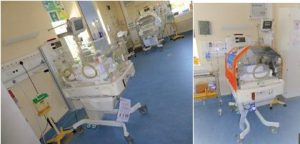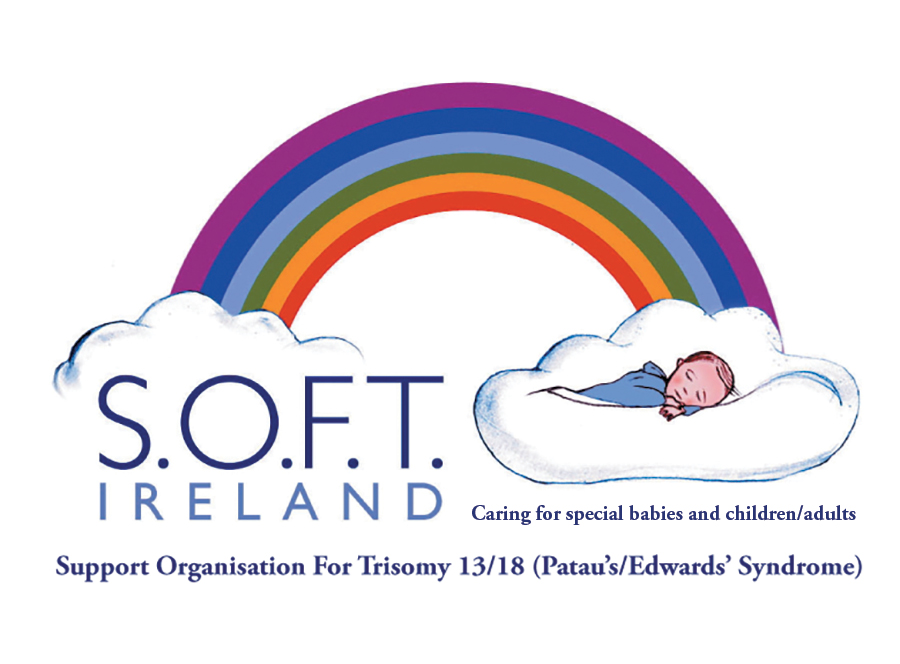Why Our Baby? SPECIAL CARE BABY UNIT
Some babies are cared for in the Special Care Baby Unit (SCBU) following delivery when they require additional care and support.
The SCBU can be a frightening place with incubators for tiny babies, monitors, tubes and other equipment. The SCBU is staffed by specially trained children’s nurses and doctors who will help and support you while your baby is in the unit. It’s really important that you understand what is happening with your baby and it may be a good idea for you to write down your baby’s condition in a diary or journal and information that you receive.
Staff will encourage and support you to be involved in the care of your baby, from gently cleaning your baby’s mouth to feeding, nappy changes and bathing depending on how your baby is. All babies in the SCBU are attached to a monitor; some are on an apnoea monitor, which monitors the baby’s breathing, or they may be on a pulse oximeter or cardiac monitor, which monitors your baby’s heart rate and oxygen levels. Small babies may need to be cared for in an incubator to keep them warm or if they are jaundiced, they may also need to have phototherapy given by a UV light unit.
Some babies need additional, more complex support for their breathing from a ventilator. A ventilator will give oxygen and breathing support from a tube either directly into your baby’s lungs (invasive ventilation) or into their nose (non-invasive ventilation). Emotionally, it can be very traumatic to have your baby in the SCBU, especially following the physical work of delivery. Mind yourself during this time by eating well and getting as much rest as you can.

Special Care Baby Unit, Cavan Maternity Hospital
The following are brief descriptions of some of the equipment in the S.C.B.U.
APNOEA MONITOR
A lead with a sensor is attached to your baby’s tummy to register her breathing. If she stops breathing an alarm will sound.
CARDIAC MONITOR
There are two leads attached to your baby’s chest and one to her tummy in order to record her heart rate and breathing.
INCUBATOR
This is a transparent container for keeping premature or sick babies in controlled conditions and protecting them from infection. If your baby can breathe on her own; she will be put in a closed incubator and oxygen administered if necessary.
INTRAVENOUS (I.V.) PUMP
If your baby is unable to feed, the nurses will attach an intravenous pump, consisting of a bag of fluid hanging on a stand. The fluid passes through a tube into your baby’s vein and supplies her with sufficient fluids.
PHOTOTHERAPY UNIT
This unit uses fluorescent light to treat jaundice in the newborn baby. Eye shields are placed over your baby’s eyes for protection.
PULSE OXIMETER
A tiny probe usually attached to the baby’s foot, links to a machine which displays her heart rate and the amount of oxygen circulating in her blood. The pulse oximeter can also be used instead of the cardiac monitor.
RADIANT WARMER
If your baby has difficulty breathing and needs to be ventilated, she may be placed on a radiant warmer. This is an open incubator that keeps her warm and gives the doctors and nurses easy access to put up drips etc.
VENTILATOR
A ventilator provides artificial breathing for your baby if she is unable to breathe on her own. If your baby needs to be ventilated, i.e. needs a life support machine, she will probably be nursed on an open incubator.
